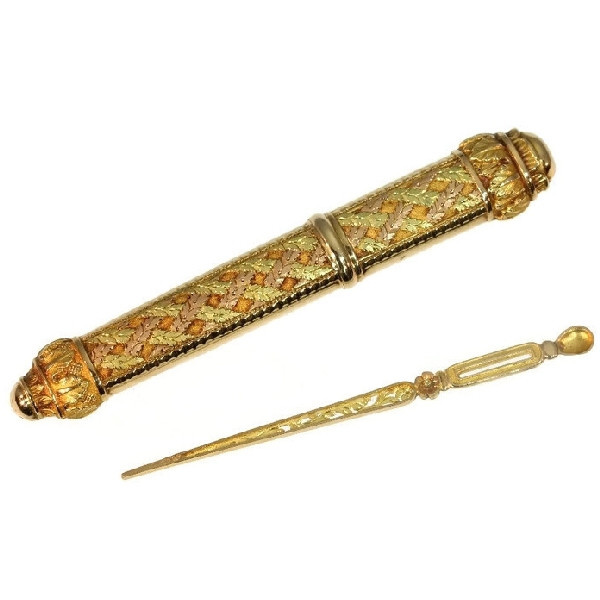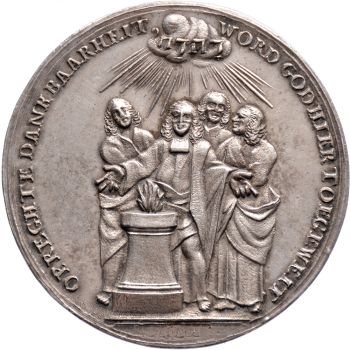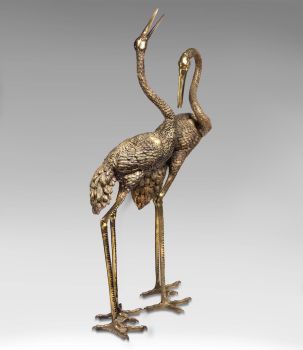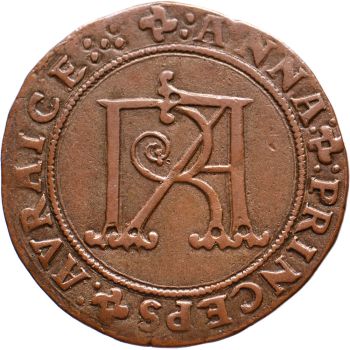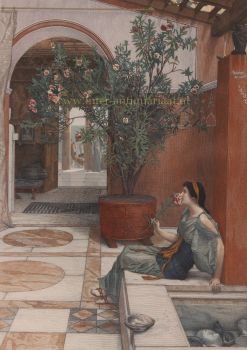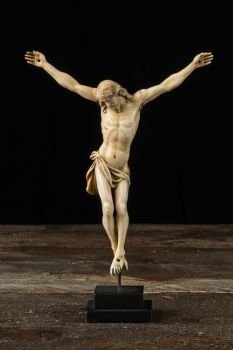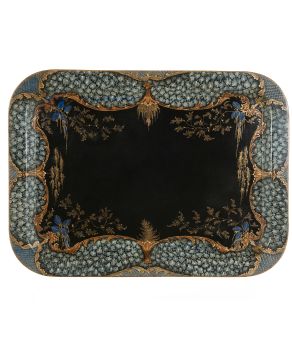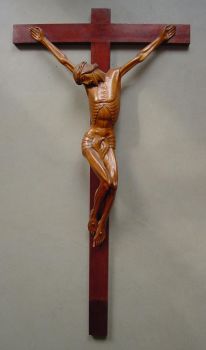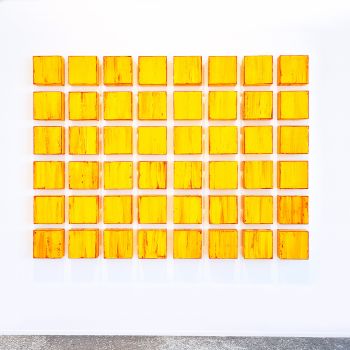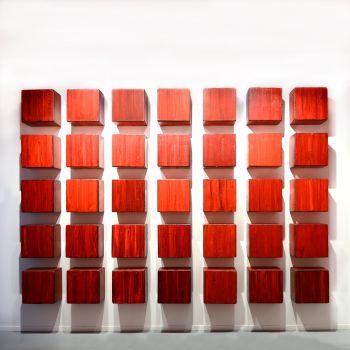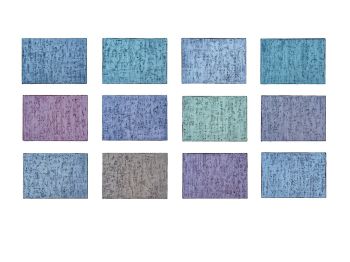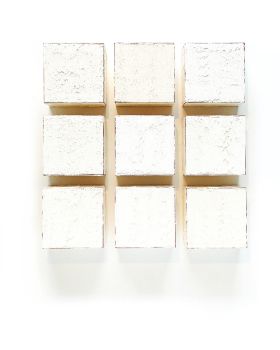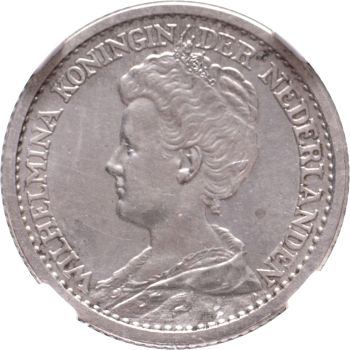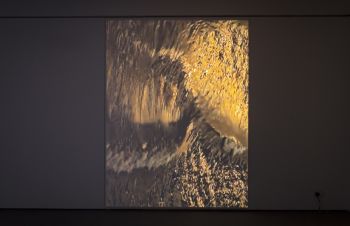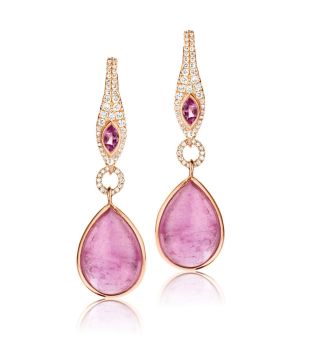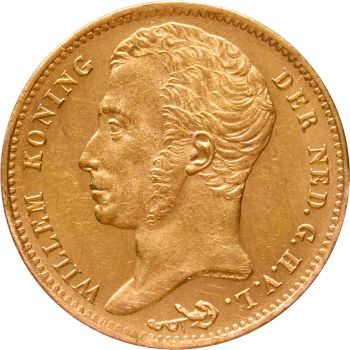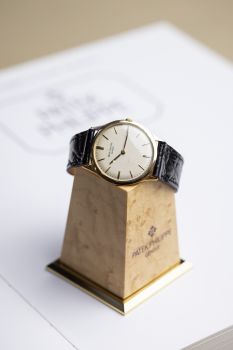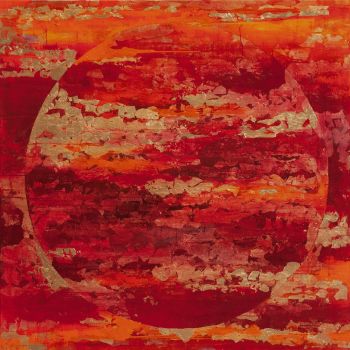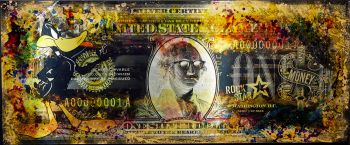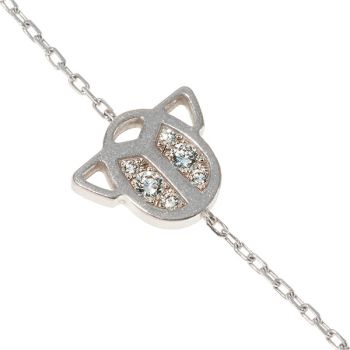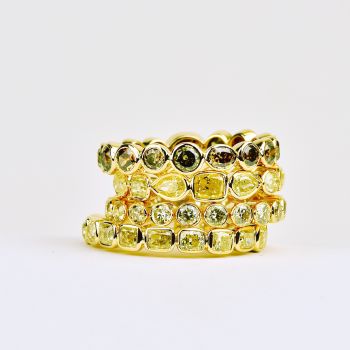Impressive gold French pre-Victorian needle case with original needle 1819
Unknown artist
Gold
Currently unavailable via Gallerease
- About the artworkImpressive gold French pre-Victorian needle case with original needle.
This 18K tri-colour gold French Empire set of sewing utensil from 1819 consists of a needle and its original case. A meticulously pierced bloom grows within a frame from the point of the needle to the flower at the needle eye that is topped with a smallspoon. The outside of the case is bedecked with an overlay of crisscrossing branches in green and red gold on a yellow gold back, while its both ends are all around adorned with acanthus leaves in yellow gold.
Having this stunningly crafted artefact in your possession, it is definitely more of an honour than a hazard to preserve as a fragment of history.Antique jewelry object group: sewing utensils
Country of origin: France
Style: Empire- ( styles overview)
Style specifics: A style that borrowed style specifics from the ancient Greeks and the Roman empire (hence the name of the style: Empire). The empire period represents the second part of the Neo-Classical style, and shows a strong French influence. The style originated in the desire ofto revive the luxurious majesty of imperial Rome. Traditional classical motifs, already seen in the reign of Louis XVI, were supplemented by symbols of imperial grandeur- the emperor's monogram and his emblem, the bee; representations of military trophies; and after the successful campaigns in Egypt, Egyptian motifs. If we had to characterize this style briefly, we could focus on two elementary concepts: massiveness and symmetry.
Period: ca. 1819 (events and facts in 1819)
Source of inspiration: Mother Nature, see also flower symbolism
Theme: wreaths and acanthus leaves
Material: 18K tri-color (red, yellow, green) gold (in France in the 19th Century, goldsmiths used no less then 29 colors of gold!)- ( precious metals)
More background information on: georgian, romanticism, empire, classical jewelry
Hallmarks: The French control mark representing an ram's head that was in use in France from about 1817.- ( general hallmarks info)
Condition: extremely good condition- ( our condition scale)
Dimensions: Length needle case approximately 8.33 cm (3.28 inch), lenght needle approximately 6.75 cm (2.66 inch)
Weight: 10.10 gram (6.49 dwt)
ReferenceNº: 08328-4196
See also our:
pre victorian jewelry, victorian jewelry, sewing utensilsor our latest acquisitions, antique jewelry, estate jewelry, vintage jewelry or modern jewelry
Jewelry with birthstones (or month stones) for:
January - February - March - April - May - June - July
August - September - October - November or December.
Additional information:
jewelry glossary - wall of fame - visit us in Antwerp - subscribe to our mailinglist.
What is antique jewelry? - What is estate jewelry? - What is vintage jewelry? - About the artist
It might happen that an artist or maker is unknown.
Some works are not to be determined by whom it is made or it is made by (a group of) craftsmen. Examples are statues from the Ancient Time, furniture, mirroirs, or signatures that are not clear or readible but as well some works are not signed at all.
As well you can find the following description:
•“Attributed to ….” In their opinion probably a work by the artist, at least in part
•“Studio of ….” or “Workshop of” In their opinion a work executed in the studio or workshop of the artist, possibly under his supervision
•“Circle of ….” In their opinion a work of the period of the artist showing his influence, closely associated with the artist but not necessarily his pupil
•“Style of ….” or “Follower of ….” In their opinion a work executed in the artist’s style but not necessarily by a pupil; may be contemporary or nearly contemporary
•“Manner of ….” In their opinion a work in the style of the artist but of a later date
•“After ….” In their opinion a copy (of any date) of a work of the artist
•“Signed…”, “Dated….” or “Inscribed” In their opinion the work has been signed/dated/inscribed by the artist. The addition of a question mark indicates an element of doubt
•"With signature ….”, “With date ….”, “With inscription….” or “Bears signature/date/inscription” in their opinion the signature/ date/ inscription has been added by someone other than the artist
Artwork details
Related artworks
- 1 - 4 / 12
- 1 - 4 / 24
Unknown artist
Russian icon depicting an extended Deesis1600 - 1650
Price on requestKunsthandel H.W.C. Dullaert Icons
1 - 4 / 24- 1 - 4 / 24

